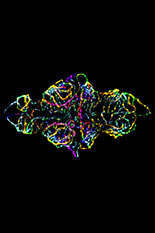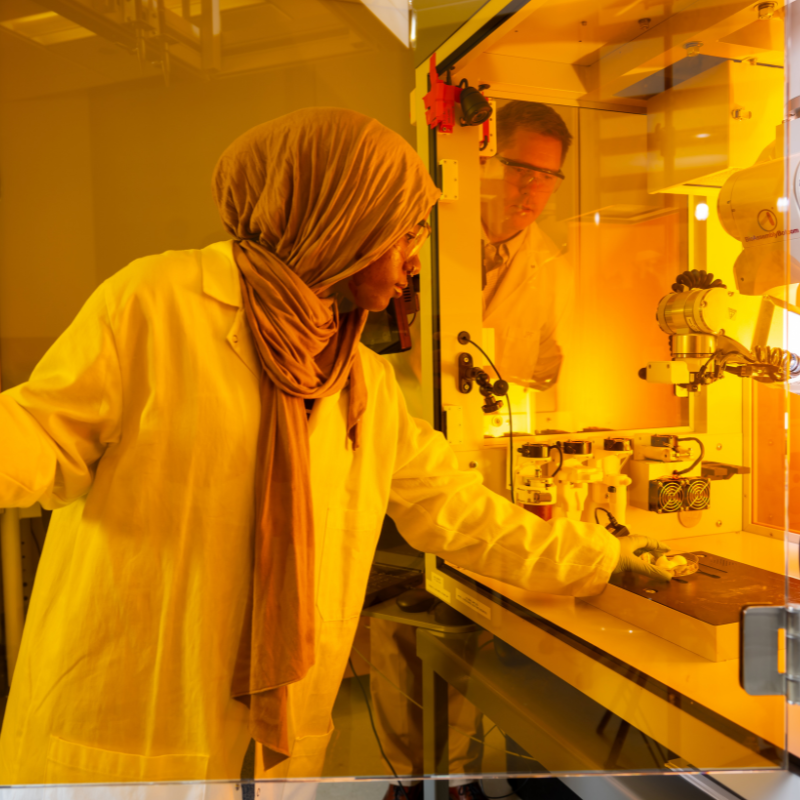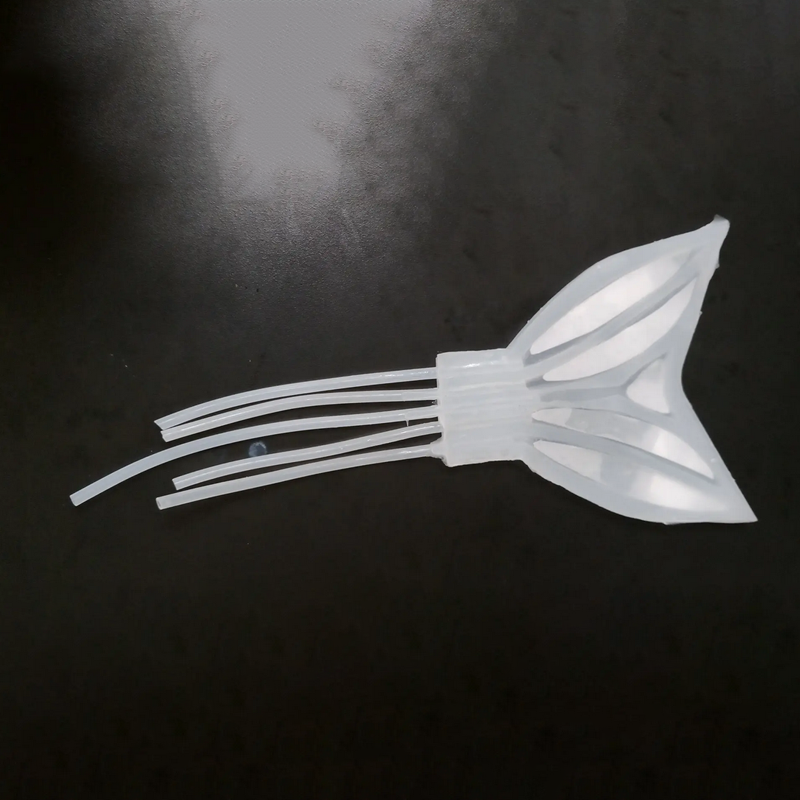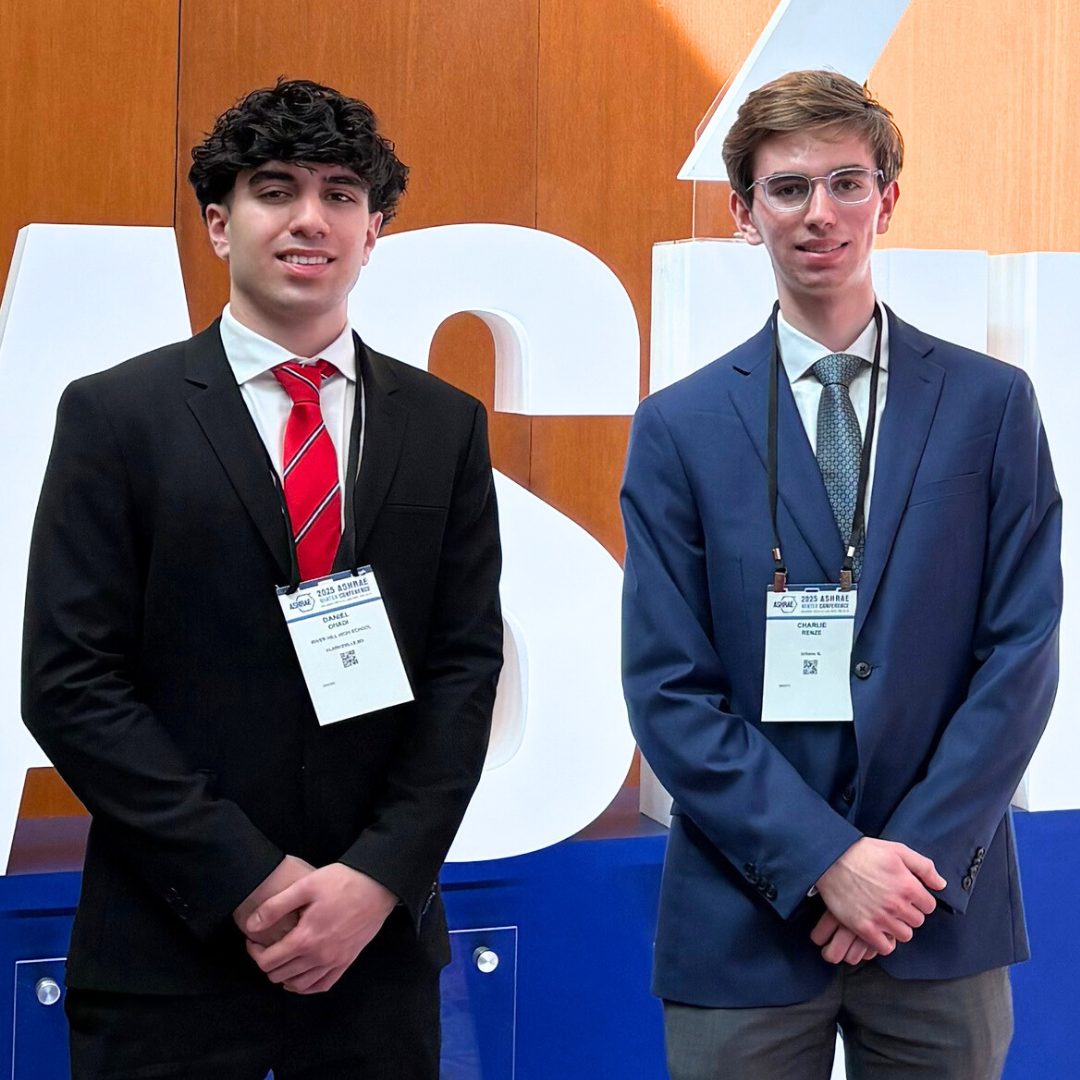News Story
NanoOptics Lab hosts first seminar about new research opportunities

New tools available in the NanoOptics lab – and the vast research questions they could help investigate – will be the focus of a talk on nanoscale measurements and evaluation hosted by the Maryland NanoCenter next week, Wednesday, April 10, at 1:30 p.m.
Dr. Vildana Hodzic, the lab’s director, will present an overview of the equipment’s capabilities and of recent research that this equipment could host.
The NanoOptics Lab, the newest facility of the NanoCenter, is located on the campus of the University of Maryland in the Energy Research Facility Building #223, also known as the IREAP building. The seminar will take place in room 1207.
Title: New Research Directions in the NanoOptics Lab
April 10, 1:30 pm
ERF 1207
Presenter: Dr. Vildana Hodzic, NanoOptics Lab Director
Abstract: Opportunities, challenges, and frontiers of nanoscale measurements using probe nano lab Ntegra Spectra will be presented. Ntegra Spectra combines the full power of scanning probe microscopy, confocal Raman and fluorescence microscopy and scanning near-field optical microscopy (SNOM) in one platform. It supports most of the existing AFM modes providing comprehensive information about physical properties of the sample with nanometer scale resolution: local stiffness, elasticity, conductivity, capacitance, magnetization, surface potential and work function, friction, piezoresponse etc. In addition to surface metrology, the AFM can be used to locally modify the sample. Simultaneously with AFM, confocal Fluorescence and Raman measurements provide information about sample chemical composition, crystal structure and its orientation, presence of impurities and defects, macromolecular conformation, and so on. Additionally, Rayleigh imaging and SNOM can be used to get local optical properties of the sample.
The ultimate goal of integrating AFM with Raman/fluorescence spectroscopy is to break the diffraction limit by using a special AFM probe and to reach resolutions of just a few tens of nanometers. This can be achieved in the Tip-Enhanced Raman (TERS) microscopy experiments. Examples of lateral resolution of Raman (TERS) maps less than 15 nm will be shown.
Published April 5, 2013










